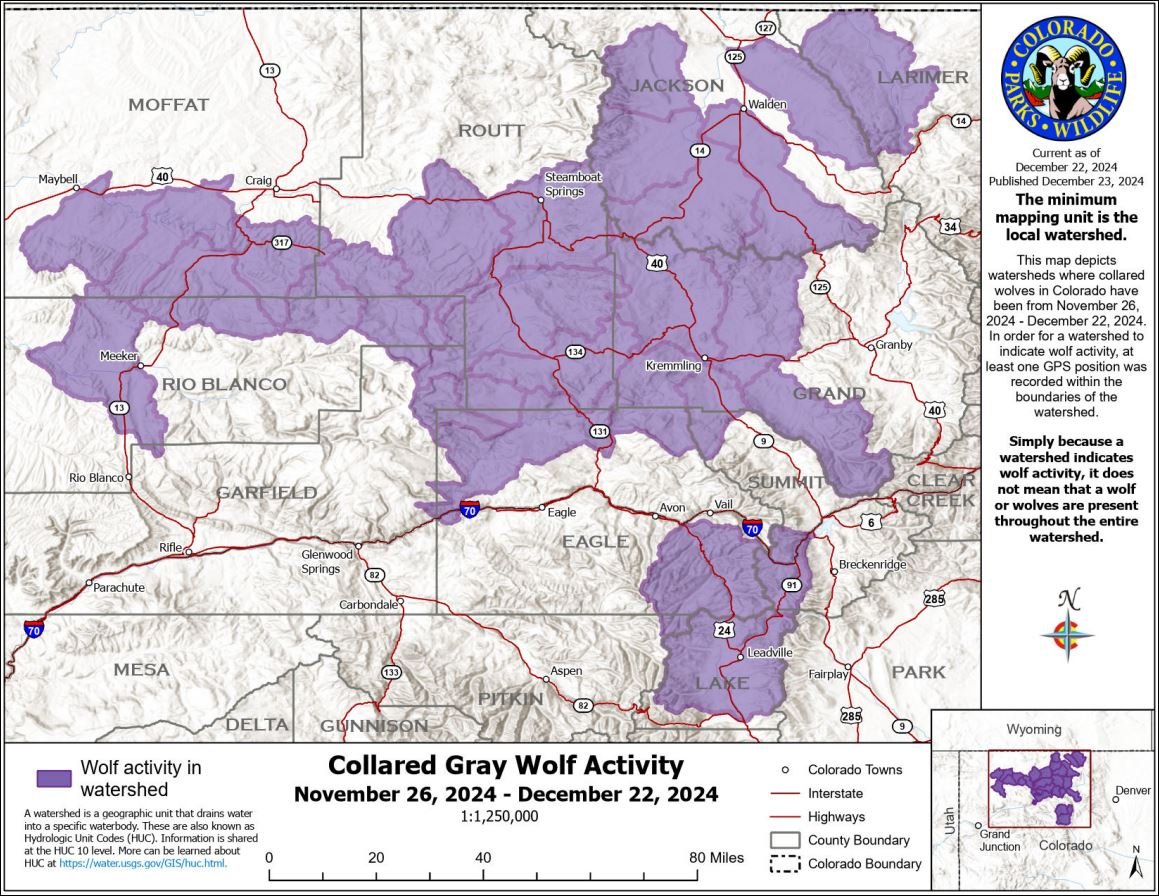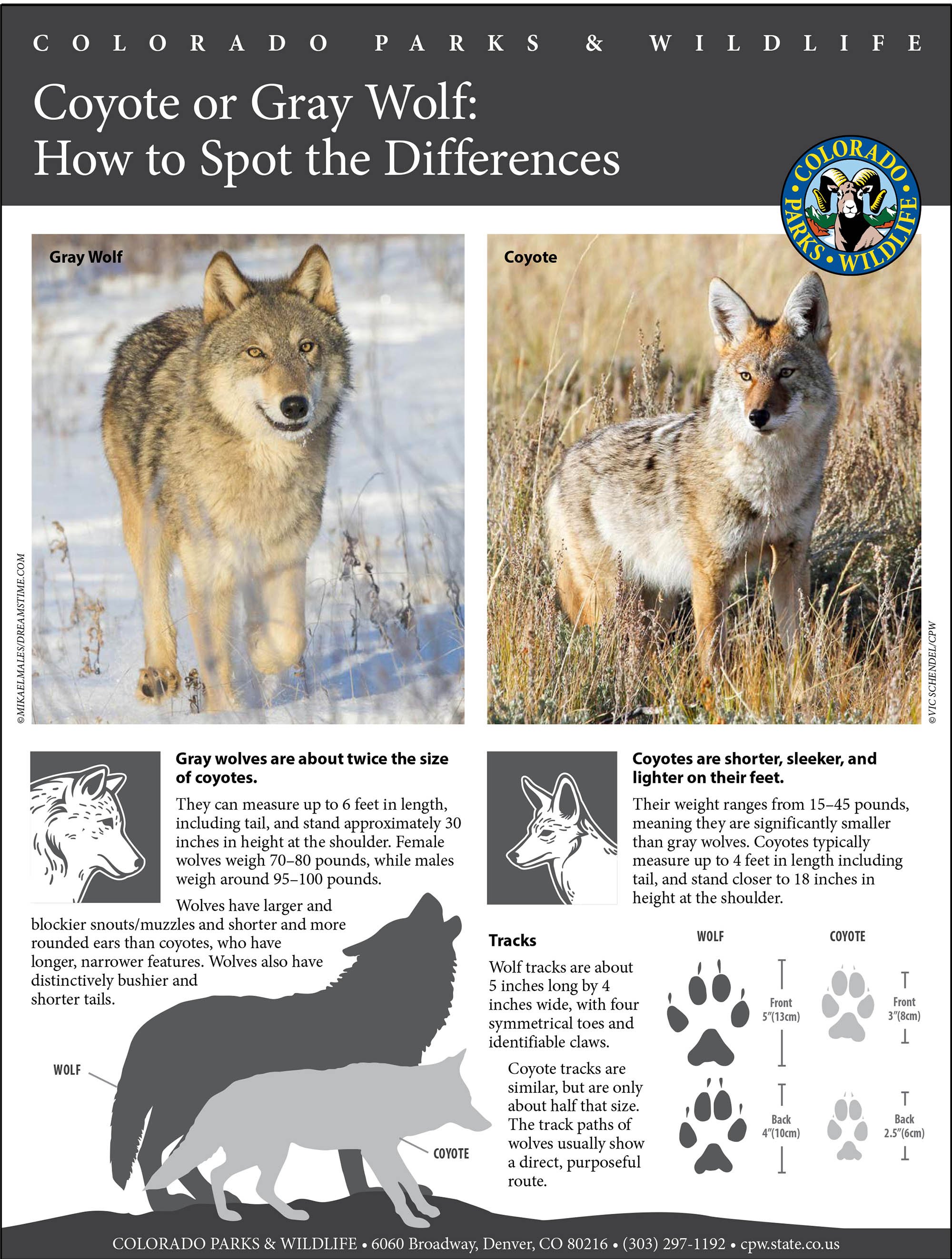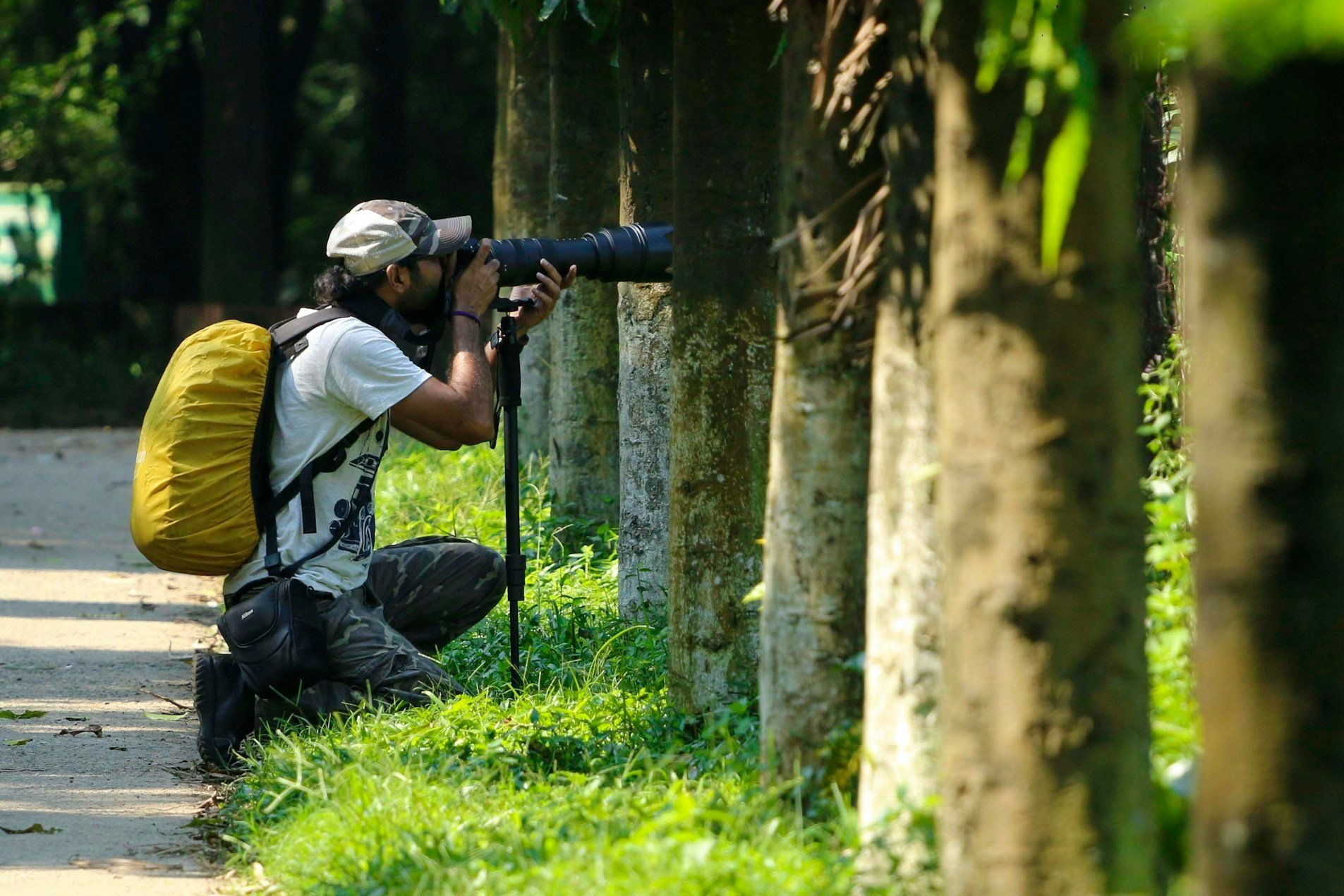Colorado Parks and Wildlife and the Southern Ute Tribe: Wolf Management
Colorado Parks and Wildlife (CPW) is a national leader in conservation, recreation, and wildlife management. As a division of the Colorado Department of Natural Resources, CPW is dedicated to managing the state parks and wildlife of Colorado. They offer a wide range of activities and opportunities for outdoor enthusiasts, including camping, fishing, hunting, and wildlife viewing. CPW’s mission is to perpetuate the state’s wildlife resources, provide a quality state parks system, and offer enjoyable and sustainable outdoor recreation opportunities that educate and inspire current and future generations to serve as active stewards of Colorado’s natural resources.
Colorado Parks and Wildlife’s Collared Gray Wolf Activity Map from November 26, 2024 to December 22, 2024
A Legacy of Conservation
Just 150 years ago, the future of Colorado’s wildlife was uncertain. Overhunting and water pollution had a harsh impact on deer, elk, pronghorn, buffalo, bear, birds, and fish, and many feared that some of these species would never recover. In 1870, the Colorado Territorial Legislature passed its first wildlife protection laws, and in 1879, the first wildlife protection agency was formed. The Colorado Division of Wildlife worked to set and enforce limitations, including banning the use of nets for fishing, setting season and bag limits, and even prohibiting hunting of pronghorn and bighorn sheep for over 50 years.
Modern Conservation Efforts
Today, Colorado Parks and Wildlife staff have worked for over a century to ensure the health and future of Colorado’s state parks and wildlife through cutting-edge science and innovative conservation practices. CPW issues hunting and fishing licenses, conducts research to improve wildlife management activities, protects high-priority wildlife habitat through acquisitions and partnerships, and provides technical assistance to private and other public landowners concerning wildlife and habitat management. CPW also develops programs to understand, protect, and recover threatened and endangered species, administers the state’s trail program, and registers boats, snowmobiles, off-highway vehicles, and river outfitters.
Coyote or Gray Wolf: How to Spot the Differences?
Coyote or Gray Wolf: How to Spot the Differences (cpw.state.co.us)
Wolf Management Agreement with the Southern Ute Tribe
In a significant step towards collaborative wildlife management, Colorado Parks and Wildlife and the Southern Ute Indian Tribe have signed an agreement around wolf management. The Southern Ute Tribe, with approximately 1,400 tribal members, has a rich history as the oldest residents of Colorado, inhabiting the mountains and vast areas of Colorado, Utah, Wyoming, Eastern Nevada, Northern New Mexico, and Arizona.
The agreement creates a framework for how CPW and the Southern Ute Tribe will communicate and deal with conflict regarding the reintroduction of gray wolves. It includes provisions for providing 24-hour notice about the locations of future wolf releases. The Brunot Treaty area, about 3.7 million acres of land in the San Juan Mountains, is a key region for this collaboration. In 1873, the Ute tribes ceded this acreage from their reservation to the federal government. In 2008, the Southern Ute Indian Tribe and the state crafted a new agreement to ensure the tribe maintains hunting and fishing rights in the region.
Respecting Sovereignty and Collaboration
Outside of tribal lands, CPW maintains its management purview over the wolves, but under the agreement, it will do so in a way that respects the tribe’s sovereign interest in its lands. The agreement also addresses how CPW will share wolf monitoring information and provide resources and assistance to reduce conflict with wildlife. This includes investigations into livestock deaths, training, education, and more.
This collaborative approach between Colorado Parks and Wildlife and the Southern Ute Tribe exemplifies a commitment to respecting tribal sovereignty while working together to manage and protect Colorado’s wildlife. It is a model for how state agencies and indigenous tribes can collaborate on conservation efforts, ensuring the health and future of wildlife and natural resources for future generations.
For more information on Colorado Parks and Wildlife and their initiatives, visit their official website.
For more information on the Southern Ute Indian Tribe and its history, visit this official website.
For more blog articles related to wildlife, nature, photography, and traveling, you can visit my blog: Damith Danthanarayana's Blog.
Search the blog:

















